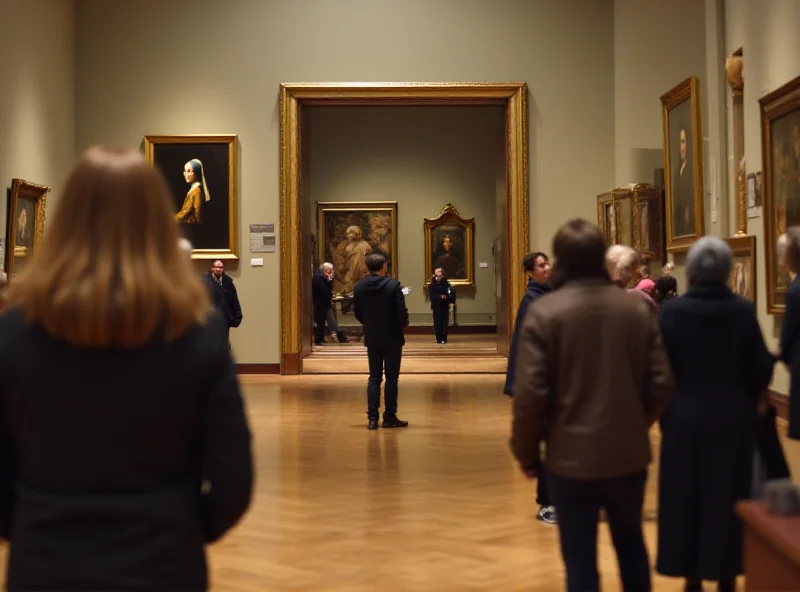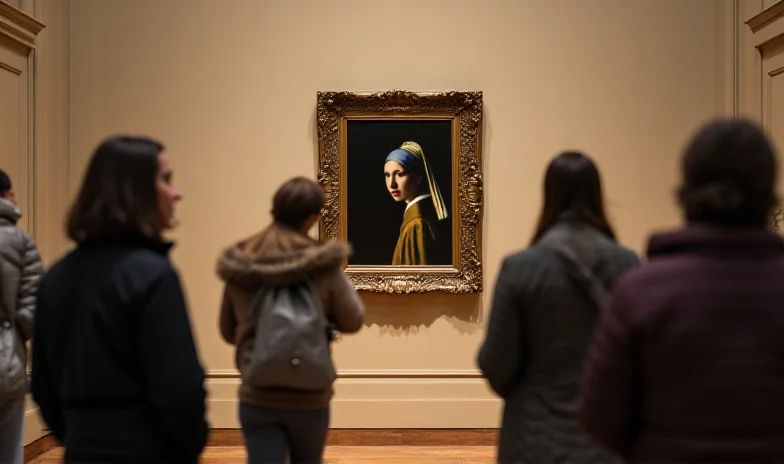Eighty years after the liberation of the Netherlands, the Mauritshuis art museum in The Hague is shedding light on a dark chapter in its history: its survival during the German occupation of World War II. The exhibition delves into the extraordinary measures taken to safeguard the museum's priceless collection, including iconic works like Johannes Vermeer's "Girl with a Pearl Earring."

Protecting Masterpieces: A Hidden Bunker
The Mauritshuis faced an unprecedented threat during the Nazi occupation. The museum's staff knew they had to act swiftly to protect their collection from potential looting or destruction. Their solution? A hidden bunker, meticulously constructed to house the museum's most valuable paintings. This secret sanctuary became the temporary home for masterpieces, shielding them from the ravages of war.
The exhibition details the complex logistics involved in moving and storing the artworks, highlighting the bravery and dedication of the museum staff who risked their lives to preserve cultural heritage. This act of defiance demonstrates the importance placed on art and culture, even during times of extreme adversity.
The "Degenerate Art" Exhibition: An Attack on Modernity
While some museums were desperately trying to protect art, the Nazis were actively attacking it. In 1937, they organized the infamous "Degenerate Art" exhibition in Munich. This exhibition showcased over 700 works of modern art, deliberately displayed in a chaotic and mocking manner. The goal was to ridicule artists like Pablo Picasso, Wassily Kandinsky, Paul Klee, and Marc Chagall, whom the Nazis deemed "mentally ill" and "scum."

The Picasso Museum in Paris is now commemorating this shameful event, reminding us of the dangers of censorship and the importance of artistic freedom. The "Degenerate Art" exhibition serves as a stark reminder of how art can be targeted during periods of political and social upheaval.
“Art is never finished, only abandoned.” - Leonardo da Vinci
A Legacy of Resilience
The stories of the Mauritshuis and the "Degenerate Art" exhibition offer contrasting perspectives on the role of art during wartime. One highlights the heroic efforts to preserve cultural treasures, while the other exposes the destructive power of censorship and propaganda. Both narratives are essential for understanding the complex relationship between art, politics, and society.

These events remind us that art is not merely decorative; it is a powerful form of expression that can inspire, challenge, and connect us. Protecting and celebrating art, even in the face of adversity, is crucial for preserving our cultural heritage and safeguarding artistic freedom for future generations.
